Optimising Cleaning Operations With Automated Aircraft Washing Robots

Advances in Automated Dry Washing
Why Washing an Aircraft is so Vital
Rise of the Robots: Automation in Aviation
Rethinking Aircraft Washing
Published by Global Business Media
SPECIAL REPORT

Email: info@globalbusinessmedia.org
Website: www.globalbusinessmedia.org
Publisher Kevin Bell
Business Development Director


Marie-Anne Brooks
Editor Tom Cropper
Senior Project Manager
Steve Banks

Advertising Executives
Michael McCarthy
Abigail Coombes
Production Manager
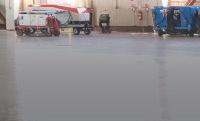
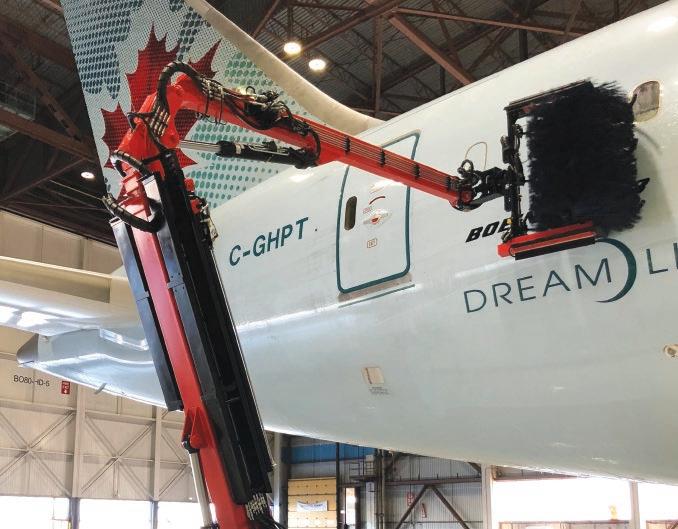
Paul Davies
For further information visit: www.globalbusinessmedia.org

The opinions and views expressed in the editorial content in this publication are those of the authors alone and do not necessarily represent the views of any organisation with which they may be associated.
Material in advertisements and promotional features may be considered to represent the views of the advertisers and promoters. The views and opinions expressed in this publication do not necessarily express the views of the Publishers or the Editor. While every care has been taken in the preparation of this publication, neither the Publishers nor the Editor are responsible for such opinions and views or for any inaccuracies in the articles.
© 2023. The entire contents of this publication are protected by copyright. Full details are available from the Publishers. All rights reserved. No part of this publication may be reproduced, stored in a retrieval system or transmitted in any form or by any means, electronic, mechanical photocopying, recording or otherwise, without the prior permission of the copyright owner.
OPTIMISING CLEANING OPERATIONS WITH AUTOMATED AIRCRAFT WASHING ROBOTS Published by Global Business Media Global Business Media Limited 62 The Street Ashtead Surrey KT21 1AT United Kingdom
Switchboard: +44 (0)1737 850 939 Fax: +44 (0)1737 851 952
Contents Foreword 2 John Hancock, Editor Advances in Automated Dry Washing 4 Nordic Aerowash Equipment AB Pain Points Challenging Times for Airlines Next Generation Cleaning A Real Game Changer Why Washing an Aircraft is so Vital 7 Tom Cropper, Editor Existing Cleaning Methods Busier Skies Send in the Robots Faster, Simpler and More Efficient Rise of the Robots: Automation in Aviation 9 Jo Roth, Staff Writer Aviation and Robotics Rise of the Robots Advances in Aircraft Washing Robots Rethinking Aircraft Washing 11 James Butler, Staff Writer Financial Calculation Wet versus Dry Environmental Impact Future Developments References 13 WWW.AIRPORTTECHNOLOGYREPORTS.COM | 1 Published by Global Business Media Optimising Cleaning Operations With Automated Aircraft Washing Robots SPECIAL REPORT Advances in Automated Dry Washing Why Washing an Aircraft is so Vital Rise of the Robots: Automation in Aviation Rethinking Aircraft Washing
Foreword
Cleanliness is next to godliness, so they say. When it comes to aviation, it’s also highly financially beneficial. Cleaning is a vital but cumbersome and expensive process which takes an aircraft out of service for hours at a time and requires considerable manpower and resources.
However, thanks to robotic technologies, everything now happens much faster. Down time is reduced, water consumption slashed and aircraft can be cleaned more regularly. It has helped companies boost productivity, increase revenue and save money.
Our opening article comes from Nordic Aerowash, a tech start-up, which has produced a cuttingedge cleaning robot. While conventional washing schedules require teams of individuals and large quantities of water, this can be operated by a single individual with a remote control. They introduce us to their technology and how it can help optimise processes for companies.
We then take a look at just why cleaning can be such an important process. Schedules are a delicate
balancing act. Single gains across multiple areas can improve dramatically overall performance.
Jo Roth will then examine the rise of robotics and automation. Technology is driving automation as operators look to increase capacity within existing infrastructure. He’ll demonstrate what value robotic cleaning can bring to the table.

Finally, we’ll look at a number of issues companies should consider. With the arrival of transformative technologies, cleaning can be seen as much more than just an expense. It is something which can boost revenue, competitiveness and efficiency, as well as helping companies improve their environmental profile.
The new world of robotic cleaning is a game changer. Where every second counts, technology like this could make all the difference.
Tom Cropper Editor
Tom Cropper has produced articles and reports on various aspects of global business over the past 15 years. He has also worked as a copywriter for some of the largest corporations in the world, including ANZ Bank, ING and KPMG.
OPTIMISING CLEANING OPERATIONS WITH AUTOMATED AIRCRAFT WASHING ROBOTS 2 | WWW.AIRPORTTECHNOLOGYREPORTS.COM
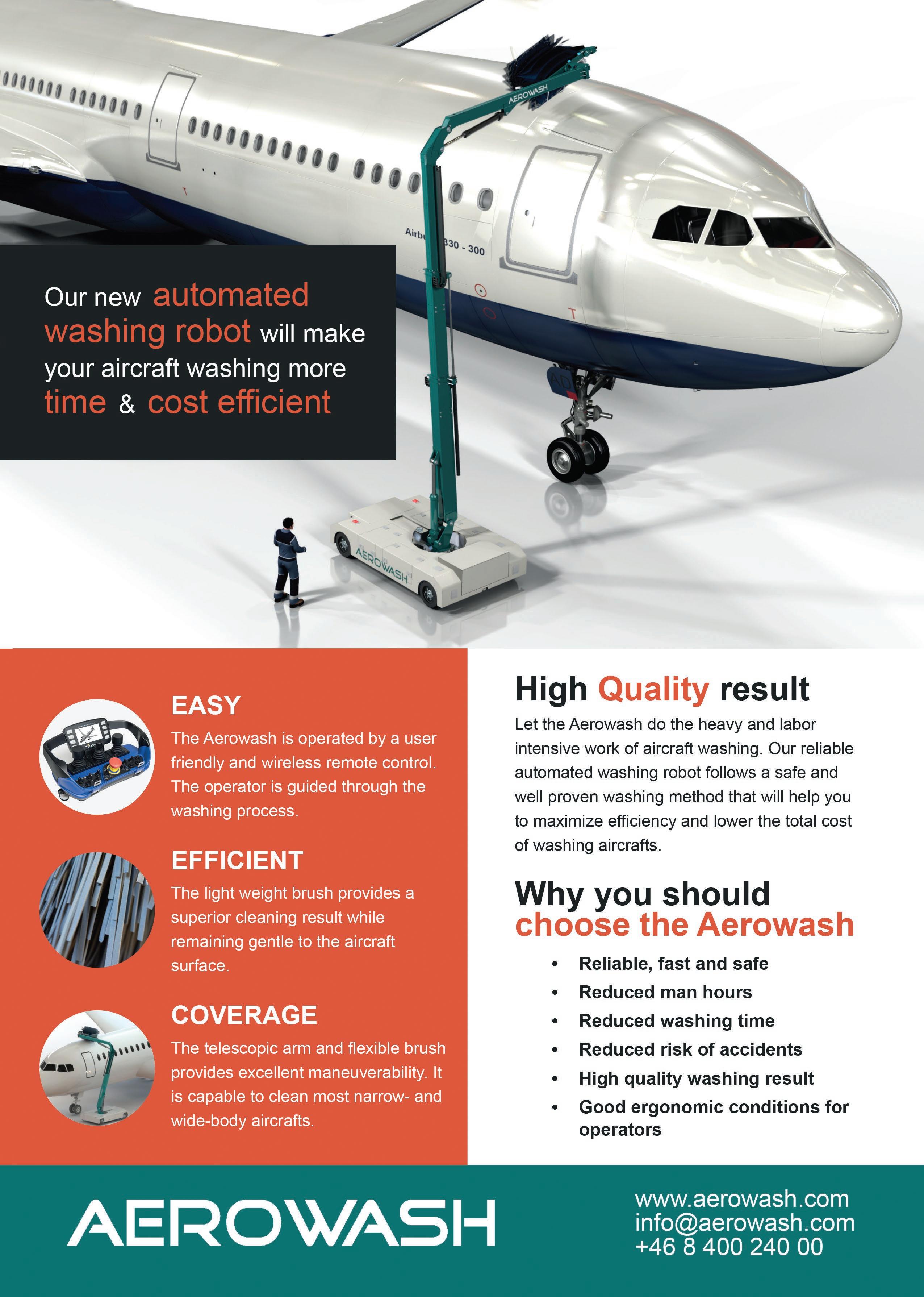
Advances in Automated Dry Washing
Nordic Aerowash Equipment AB
Washing aircrafts is a vital, but onerous and labour-intensive business. However, with Aerowash, airports can transform their processes.

RISING DEMAND and tightening profit margins mean airlines need to maximise revenue and minimise costs at every opportunity. With millions more people taking to the air over the coming years, the industry must work extremely hard simply to keep pace. To achieve this, companies need to make improvements at every point of the process.
At Aerowash we noticed that a new approach to cleaning could have enormous potential. That’s why we developed our revolutionary AW12 robotic cleaning system. It’s a simple, but sophisticated device which addresses many of the key pain points being felt by customers.
Pain Points
Time is of the essence for both airports and airlines. The modern airport is busy and overcrowded. Passenger numbers are on the rise. According to IATA’s long-term forecast, passenger numbers will top eight billion in the next 20 yearsi. This is going to place an enormous strain on airport infrastructure. New hubs are being built around the world and existing airports such as Heathrow are planning major expansion projects, but growth is limited by cost, feasibility and political opposition. Heathrow’s proposed new runway faces determined opposition from local residents, politicians and environmental campaigners.
At the same time, profit margins are under pressure. Although demand is booming, most airports around the world lose money. The public have come to expect cheap air travel as standard, which makes it increasingly difficult to make money from aeronautical activities alone.
The aviation industry is at a crossroads. It needs to increase capacity but has limited scope for expansion. It is under pressure reduce its impact on the environment, manage costs and boost profitability while increasing the scope of operations. None of these goals are straightforward.
To meet them, airports are looking at ways to make operations more efficient. Reducing the cost of and time devoted to essential processes such as cleaning eases the pressure on expenses and makes it possible to crack down on turnaround times and increase slot availability.
Challenging Times for Airlines
Airlines also face a number of serious challenges including:
• Congestion: Like airports, they must find a way to cope with the surge in passenger numbers. Giant aircraft such as the Airbus 380 were designed to increase passenger numbers per flight. However, demand has stalled with many airlines opting for more frequent flights. For this they need to reduce downtime to maximise the time aircraft spend in the air.
• A more competitive marketplace: Airline profits are healthy but the market is crowded. Today’s passenger is spoilt for choice and has shown a willingness to exercise that choice. Even relatively minor issues such as the appearance or cleanliness of an aircraft can impact customer retention.
OPTIMISING CLEANING OPERATIONS WITH AUTOMATED AIRCRAFT WASHING ROBOTS 4 | WWW.AIRPORTTECHNOLOGYREPORTS.COM
Operation is extremely straightforward. It can be used by a single person using a wireless remote control. The intuitive design guides the operator through the process which means staff need minimal training to use it
• climate crisis cannot be ignored and the aviation industry is often painted as the villain of the peace. It contributes to 2% of global emissionsii and, with demand rocketing, it’s difficult to see how its impact can be mitigated without an entirely fresh approach. While cleaning may not seem like the most damaging part of an airline’s business, it does play a role. Wet washing consumes thousands of gallons of water and chemical detergents. Reducing this waste helps to create an image of sustainability.
• Finances: Despite strong demand, margins have been falling for airlines around the world over the past few yearsiii. Like airports, they are under pressure to manage expenses and maximise efficiency. As such they, will
be looking to minimise the cost of cleaning
Next Generation Cleaning
There is no single solution to these challenges. Operators will be looking at the entirety of their operation to identify opportunities to save money and improve performance. However, cleaning is one area ripe for innovation.
The current process is labour intensive, expensive and produces a huge amount of chemically contaminated wastewater. Cleaning takes time and is a considerable logistical exercise. By rethinking the approach and embracing innovative technologies, airlines can unlock gains from all directions.
Aerowash is one of a new generation of companies developing technological solutions which address the main pain points for operators.
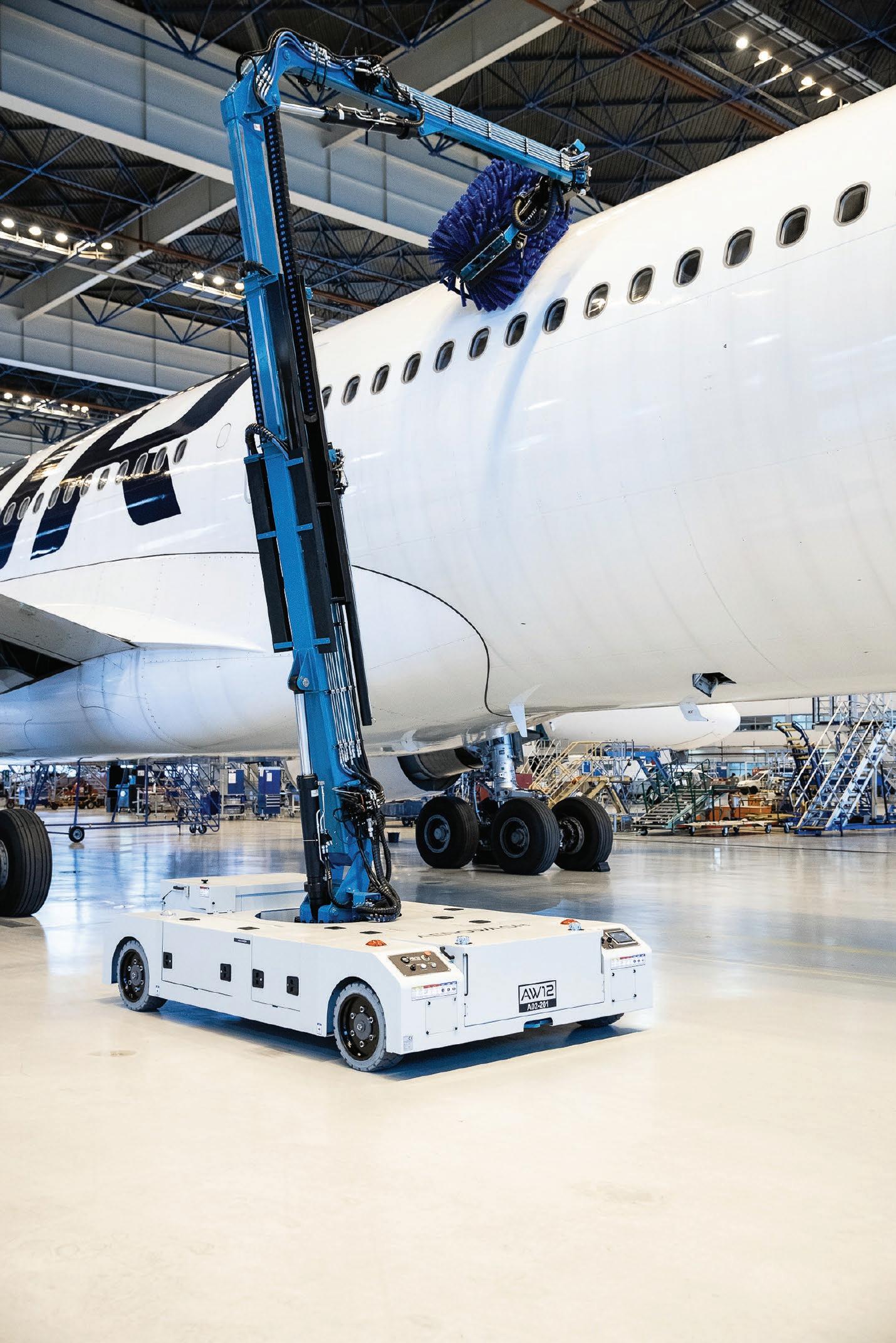
OPTIMISING CLEANING OPERATIONS WITH AUTOMATED AIRCRAFT WASHING ROBOTS WWW.AIRPORTTECHNOLOGYREPORTS.COM | 5
New hubs are being built around the world and existing airports such as Heathrow are planning major expansion projects, but growth is limited by cost, feasibility and political opposition
Launched in 2015, we’ve grown rapidly and have sold solutions to airlines in Europe and in North America.
Ours is a revolutionary approach to cleaning. It’s one based on the latest technology to set new benchmarks for washing efficiency, handling and safety. While a conventional cleaning team will need a team of people, equipment, platforms and a vast amount of cleaning product, the AW12 is a single unit with a telescopic arm for greater reach. It allows it to cater to most widebodied aircraft from Airbus and Boeing and is designed to be easy to use, efficient and to provide excellent levels of coverage.
Operation is extremely straightforward. It can be used by a single person using a wireless remote control. The intuitive design guides the operator through the process which means staff need minimal training to use it.
References:
Cleaning is highly efficient. A lightweight design is more flexible and it has a gentle cleaning action which offers a superior finish to conventional cleaning processes. Because the system is automated, it reduces man hours required for cleaning and manages the process more quickly. The unique design of the telescopic arm, which folds and unfolds automatically, provides superior coverage for a range of aircraft designs. It is flexible, offering excellent manoeuvrability whether cleaning narrow or wide bodied aircraft. As a solution, it is reliable and safe, provides a pleasant ergonomic environment for working and reduces the risk of accident.
A Real Game Changer
This is our game changer. It transforms the way cleaning is conducted for aircraft and has benefits at both ends of the financial calculation. It saves money by accelerating cleaning times, reducing head count and water use. At the same time, it generates revenue by increasing efficiency, improving turnaround times and getting aircraft back in the air more quickly.
Airports are keen to increase the number of flights per day and airlines want to maximise the amount of time an aircraft is airborne earning them money. Aerowash helps both of them achieve their goals with a high-tech solution perfectly attuned to the modern age of aviation. It is efficient, flexible and delivers an outstanding performance. A cleaner, shinier aircraft also makes a better impression on passengers.
Technologies such as this will be a crucial part of the future. The aviation sector is constantly being asked to do more with less; to increase capacity while controlling costs. In many cases, existing processes make this almost impossible, but as Aerowash shows, by embracing innovation, it is possible to make the major advances the market demands.
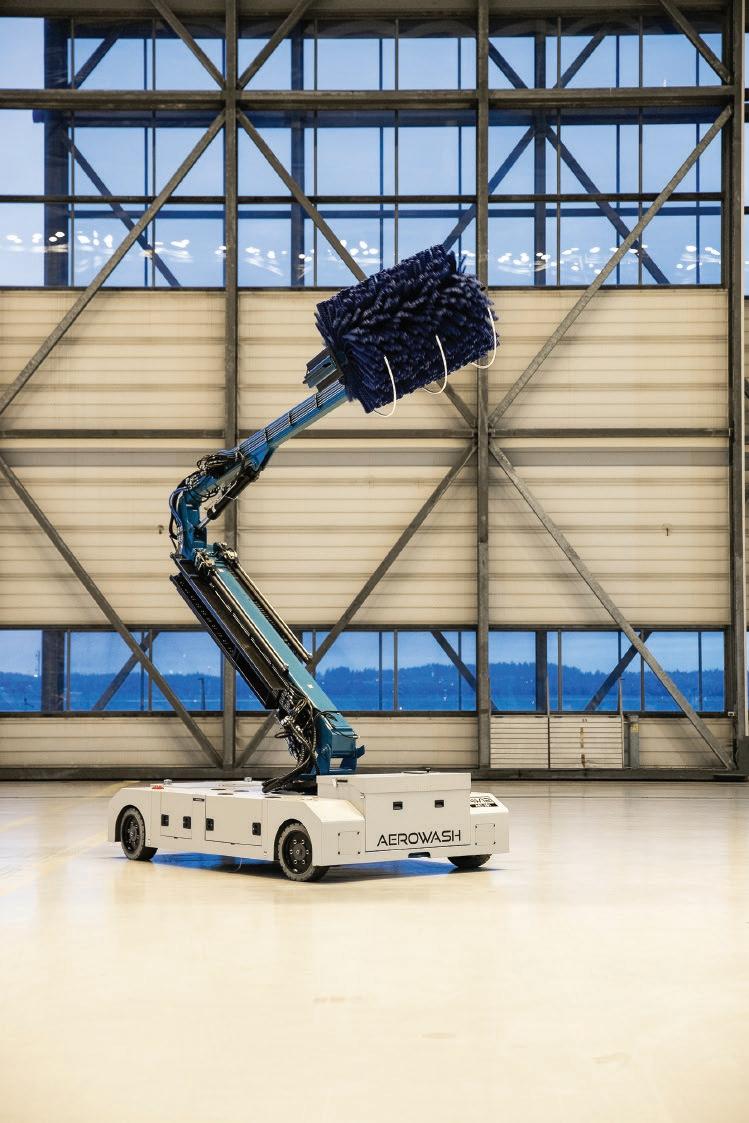
i IATA Long Term Forecast: https://www.iata.org/en/pressroom/pr/2018-10-24-02/
ii ATAG Facts and Figures: https://www.atag.org/facts-figures.html
iii Airline Margins: https://www.statista.com/statistics/225856/ebit-margin-of-commercial-airlines-worldwide/
OPTIMISING CLEANING OPERATIONS WITH AUTOMATED AIRCRAFT WASHING ROBOTS 6 | WWW.AIRPORTTECHNOLOGYREPORTS.COM
Aerowash is one of a new generation of companies developing technological solutions which address the main pain points for operators
Why Washing an Aircraft is so Vital
Tom Cropper, Editor
Airlines are changing the way they approach cleaning and it’s having a major impact on their business.
IN THE middle of a massive hanger stands a giant airliner. Around it is a busy team of personnel cleaning every inch of the body. They are armed with cherry pickers, washing brushes, and lots and lots of water. This is the traditional approach to cleaning which happens time and time again in airports around the world. However, some airlines are already leaving this behind in favour of new tech driven solutions.
Existing Cleaning Methods
The conventional approach is labour intensive and takes time. Washing can take an aircraft out of commission for at least eight hours. Cleaning schedules might be anything from monthly to every few months depending on the attitude of the airline or the type of aircraft. Shorter haul flights, for example, might be washed more often than longer haul as they complete more journeys.
The location depends on where the airport is located, although some airlines may have designated airports where their planes are washed. Each wash requires roughly five hours and a team of around five people using a wide array of equipment, machines and detergent.
As a whole, the process requires significant time, money and manpower. With the aviation industry projected to expand dramatically over the next couple of decades, the demands on cleaning will also grow. In an ideal world, airlines will be looking to reduce time taken, budgets and manpower to improve turnarounds, maximise capacity and boost profitability.
Busier Skies
In 2019, Europe hit a record for the number of flights in a single day of 37,101 in a sign that its major hubs are succeeding in growing the number of flights they can handle1. The skies are indeed getting busier. As footage released by
Flight Radar showed, on any one day there can be more than 200,000 flights in the air around the world2
To cope with this volume, airports are expanding3. Data from Capa finds more than a thousand known airport projects which are currently incomplete around the world. Asia is the biggest growth area with over 400 alone4
However, such expansion is limited and will struggle to satisfy demand, so airports are set to become much busier. This means more flights and greater strain on logistical operations, which are already stretched thin.
The existing approach, therefore, is not fit for purpose and airlines are seeking alternatives. In general, these efforts focus on process automation, new technology, reduced head count and more efficient use of resources.
To minimise costs, airports want to reduce the amount of water they use and the personnel required for each shift. To improve washing frequency and turnaround rates, they want to bring down the time required for cleaning.
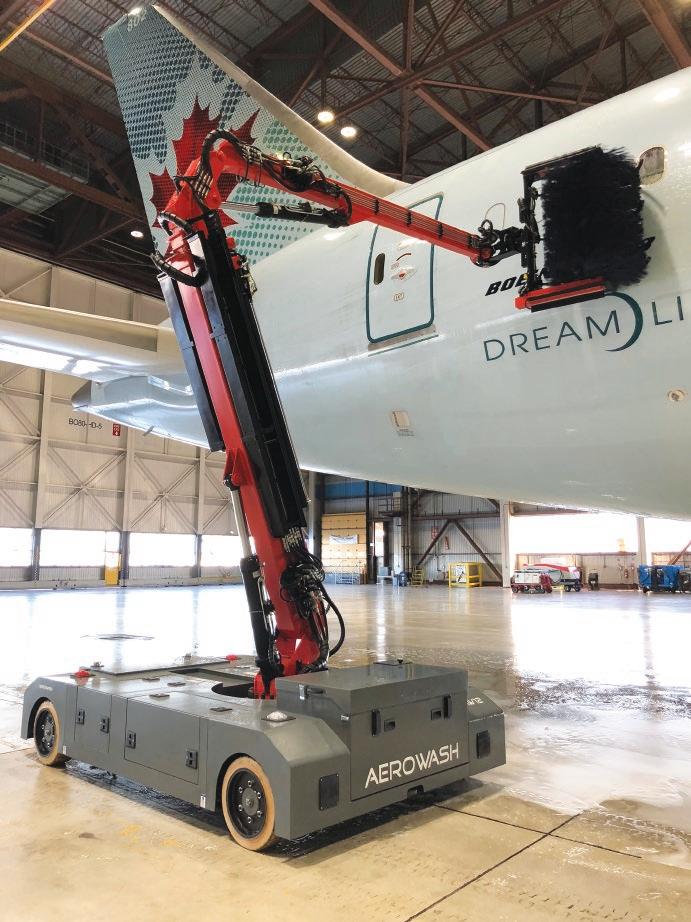
OPTIMISING CLEANING OPERATIONS WITH AUTOMATED AIRCRAFT WASHING ROBOTS WWW.AIRPORTTECHNOLOGYREPORTS.COM | 7
The conventional approach is labour intensive and takes time. Washing can take an aircraft out of commission for at least eight hours
This in itself will have an impact. A cleaner aircraft is more cost efficient. Over time, an aircraft can accumulate dirt and debris which will have a significant impact on performance and fuel efficiency. Fuel price volatility, along with a desire to minimise carbon emissions from daily operations, mean that airlines will look for any opportunity to reduce fuel consumption. Equally, corrosion can cause safety issues and increase maintenance requirements and downtime. A study in the US found that corrosion costs airlines $300bn every year in maintenance costs and lost revenue5
From a customer experience perspective, a dirty aircraft hardly adds confidence or makes you more likely to choose that airline again. Competition is tough with most passengers being able to choose from several airlines. When deciding on which airline to use, each customer will make a calculation based on cost, quality and their overall flying experience. The condition of the aircraft will weigh on that decision.
Send in the Robots
The solution to these problems lies in robotics and automation. Many companies have already made the move. Air Canada, for example, recently adopted new washing robots6 These automated devices can be controlled wirelessly by a single operator, dramatically reducing the manpower required. Their more flexible design allows them to be taken to the aircraft without the need to schedule cleaning appointments. This reduces both the cost and time required for cleaning, making it easier to fit into increasingly busy schedules. As robots
become more advanced, they are reducing the amount of water required by up to 50%, which is both environmentally and economically beneficial to the airline.
Aairlines are also transitioning to new processes. Traditional wet washes which require thousands of litres of water and detergent are being replaced by dry washes. These are not only more environmentally friendly, but they can also improve the look and aerodynamic performance of an aircraft. A lack of water reduces the risk of corrosion and contaminated wastewater.
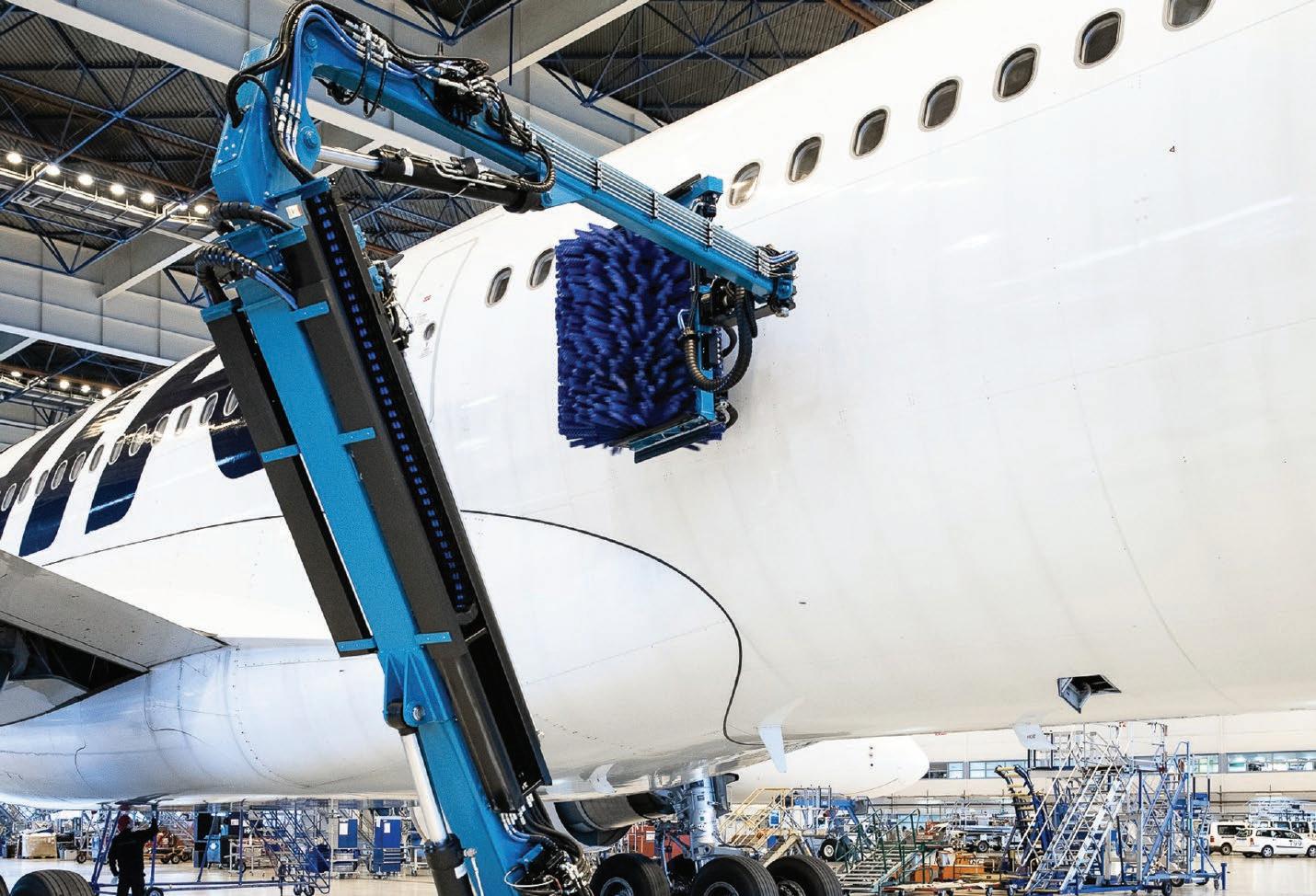
Faster, Simpler and More Efficient
Efficiency, therefore, is everything. The trend in aviation cleaning is towards automated systems which eliminate the use of water and dramatically reduce turnaround times. Airlines are working towards a process which is fast, flexible and agile enough to cope with the growing pressures on time and performance. Those companies which manage to clean aircraft faster and more affordably will be able to reduce the amount of time their aircraft spend on the ground and increase the time they spend in the air.
To help them, they have a new generation of automated technologies which are transforming the market. Robots are coming and, as in other industries, they promise to perform tasks more quickly with less human interaction and less waste. They hit all the key goals of an airline: to improve efficiency, reduce costs and accelerate turnaround times. This is a fresh approach to cleaning which caters to the changing dynamics of the market.
OPTIMISING CLEANING OPERATIONS WITH AUTOMATED AIRCRAFT WASHING ROBOTS 8 | WWW.AIRPORTTECHNOLOGYREPORTS.COM
To minimise costs, airports want to reduce the amount of water they use and the personnel required for each shift
Rise of the Robots: Automation in Aviation
Jo Roth, Staff Writer
For airports struggling with capacity demands and tight profit margins, advanced washing robots could be the lifeline they need.
FROM FARMING to healthcare, robots are taking over tasks which once had to be performed by hand. For companies, the gains can be tremendous. They can save money, cut time out of laborious tasks and streamline laborious and mundane jobs. Staff can be freed up to work on other areas which boosts productivity, performance and staff engagement. Understandably, the aviation sector is taking an interest.
Aviation and Robotics
Aviation is tailormade for automation. It is an extremely time and profit sensitive business. Demand is growing, but most airports around the world are operating on razor thin profit margins.
According to a report from Airports Council International, approximately two thirds of airports around the world are not generating a profit.
“The airport industry faces a conundrum,” states the report. “While the industry as a whole is profitable their financial statements show that a significant proportion of them are actually in the red7.”
While larger airports cover the cracks with nonaeronautical revenue, small hubs are unable to do this. For them, the market which demands convenience and low prices, is tough.
In addition, airports face a growing capacity challenge. According to IATA, hundreds of airports are set to hit capacity over the next ten years as the market booms8. Speaking at a conference in Geneva, Lara Maughan, IATA Head Worldwide Airport Slots, said:
“This significant gap between capacity available and what is required results in excess demand, which needs to be managed. Without a process of allocating the capacity available, we will see chaos.”
Airport capacity is lagging behind demand.
IATA’s Director General and CEO Alexandre de Juniac argued that airports need to do more to resolve the problem.
“Airports must do more to increase the operating capacity of existing infrastructure and
governments need to encourage and facilitate timely and cost-effective expansion of congested airports and airspace9,” he said.
There is scope to do this. Airports rely on multiple processes from passing passengers through the terminal, to managing arrivals, maintenance and repair. Each one has an opportunity for efficiency gains which can lead to more departure slots each day.
Rise of the Robots
One of the most promising ways to make those gains can be found in robotic process automation (RPA). This involves using software robots to automate tasks which would otherwise be performed by humans. It can help airports manage the considerable burden of data processing such as managing bookings, flight cancellations and data analytics.
For example, Copenhagen Airport uses RPA to analyse ‘dwell’ times in various terminals and predict waiting times for passengers10
This, though, is the thin end of the wedge. Robotics is one of the most dynamic sectors of automation. Advances in technology, software and Artificial Intelligence (AI), make it possible to expand the reach of where automation can be used and what it can achieve.
Advances in Aircraft Washing Robots
Conventional industrial robots are small payload devices capable of working on a small scale. As they grow in size, it has become more difficult to maintain the efficiency and accuracy required. The technical challenge for aircraft washing robots is to provide a machine on an adequate scale. To this end, several developments are coming together at the same time to enable the use of robotics in much larger operations including:
• Battery power: Most machines use diesel which can be expensive. By adding the option of battery power, machines can extend their reach and go where operators need them.
OPTIMISING CLEANING OPERATIONS WITH AUTOMATED AIRCRAFT WASHING ROBOTS WWW.AIRPORTTECHNOLOGYREPORTS.COM | 9
Aviation is tailormade for automation. It is an extremely time and profit sensitive business. Demand is growing, but most airports around the world are operating on razor thin profit margins
This reduces carbon footprint, fuel use and operational cost.
• AI: Artificial intelligence is being hailed as the future in a number of industries. Technology is developing rapidly with automated processes being able to take over more and more tasks from human operators.
• Construction: Materials are becoming more lightweight and flexible, making machines more mobile and flexible.
Development in this space is being powered by a new generation of manufacturers. As elsewhere in the digital economy, evolution is accelerated by small, agile organisations capable of bringing exciting innovations to market.
Aerowash, for example, brings a fresh approach to washing11. A telescopic arm greatly improves flexibility making it possible to clean most large and wide-bodied aircraft. The overall device is small and flexible which allows it to go wherever it is needed. Operation is quick, simple and accessible. Most staff will be able to operate the robot with minimal training.
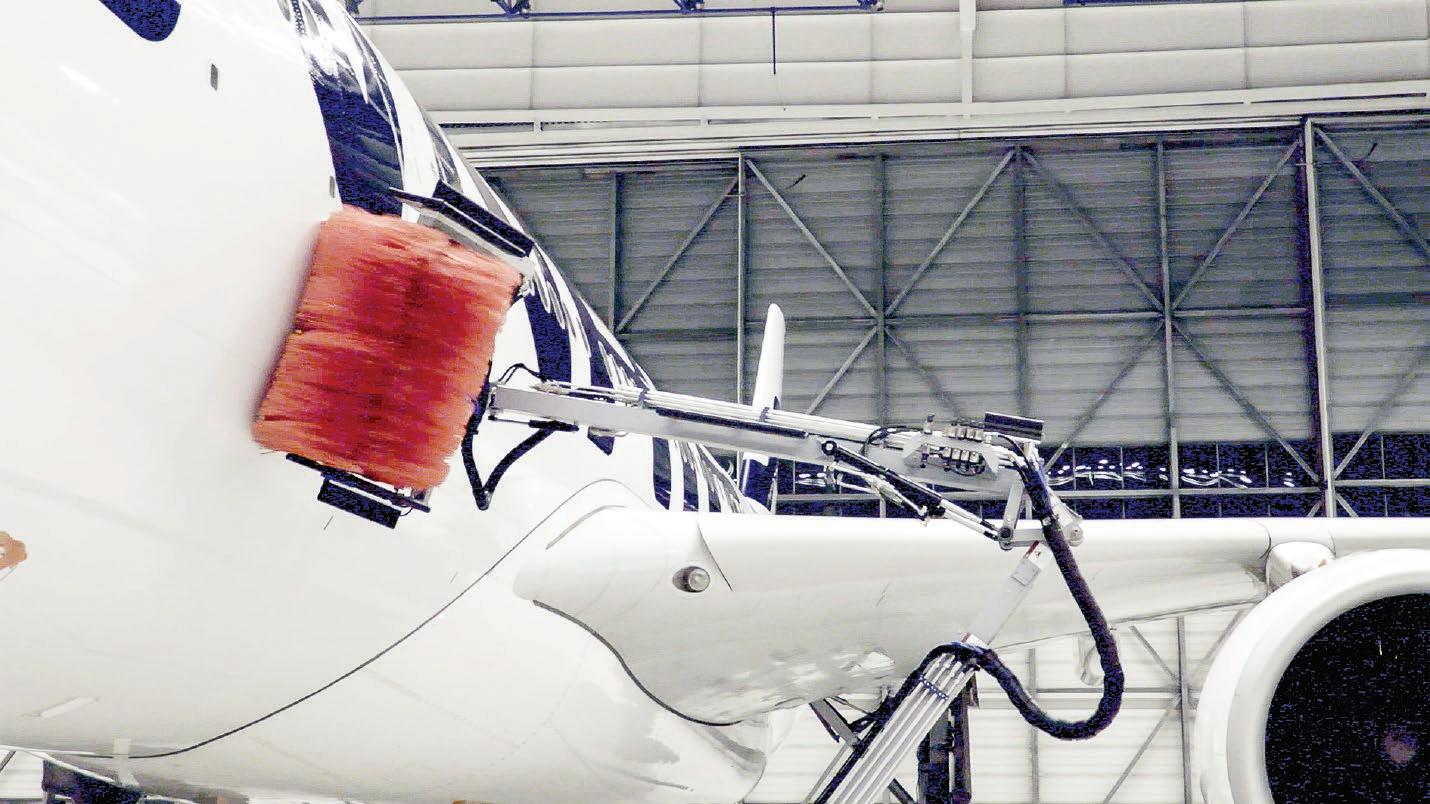
One operator can control the machine wirelessly with an intuitive user interface. It’s a far cry from the major operation involving multiple individuals and a huge amount of equipment.
As a technology this has the potential to dramatically reduce manpower, water use
and power consumption. It can also go where the aircraft is located, which eliminates many of the logistical backlogs that slow down the process. Instead of having to book a slot overnight, cleaning can be performed quickly and efficiently in a fraction of the time, and with a much-reduced head count.
As a solution, therefore, it has numerous benefits:
• Lower head count
• Quicker turnaround times
• Reduced power consumption
• Lower water use
• Lower operating costs
Manufacturers of these devices hail them as a transformative development. It is certainly one which addresses many of the key pain points felt by aviation companies. It allows them to cut costs and ease the pressure on their bottom-line performance. It increases turnaround times leading to better slot optimisation and higher capacity. It drives improvements at both ends of the balance sheet, minimising expenses while boosting the opportunities for revenue.
It is, then, a high-tech solution for a high-tech age. Airports are under pressure from all sides. Advanced technology gives them the tools they need for the future.
OPTIMISING CLEANING OPERATIONS WITH AUTOMATED AIRCRAFT WASHING ROBOTS 10 | WWW.AIRPORTTECHNOLOGYREPORTS.COM
Airports rely on multiple processes from passing passengers through the terminal, to managing arrivals, maintenance and repair. Each one has an opportunity for efficiency gains which can lead to more departure slots each day
Robotics is one of the most dynamic sectors of automation. Advances in technology, software and Artificial Intelligence (AI), make it possible to expand the reach of where automation can be used and what it can achieve
Rethinking Aircraft Washing
James Butler, Staff Writer
Washing an aircraft may not garner many headlines, but it plays a vital part in determining whether the sector will meet the challenges of the coming decades.
TO STAY competitive in an increasingly challenging environment, the aviation industry is rethinking processes across the landscape. From check-in to ground operations, everything must become more streamlined, efficient and cost effective. Washing is no different. The arrival of new technologies and thinking has shown companies that this one process has the potential to deliver multiple gains. To do so, though, companies will have to balance the potential of next generation technologies with financial, environmental and logistical considerations.
Financial Calculation
Top of the list will understandably be money. Airlines are reluctant to say how much cleaning costs, but the impact is considerable. It comes from the use of water and detergent, equipment, man hours and lost revenue through increased downtime.
By moving to automated cleaning robots, companies can make dramatic savings in head count and resources in one fell swoop. Rather than a team of people who must be specially trained to clean the aircraft, they can instead use a single operator to control a robot by a wireless remote control. Water use is reduced dramatically, and equipment can be condensed into one robotic unit.
Furthermore, rather than booking an appointment and finding a convenient location, cleaning robots can be moved to the aircraft itself. This is more convenient, reduces the time aircraft spend on the ground and allows companies to deploy resources elsewhere. In addition, it also allows for more frequent washes. This can also have an economic benefit by reducing the drag effect of a dirty aircraft, improving fuel efficiency and creating a more favourable impression with paying passengers.
The goal is to reduce the logistical and operational cost of cleaning in favour of an automated solution with a low head count.
Wet versus Dry
Airlines are transitioning away from the traditional wet washes with their brushes and detergents towards dry washes. One A320 requires approximately 2,500 litres to wash. First, a cleaning agent is applied, which is then wiped off with a cloth. The latest agents can be biodegradable and polish the aircraft exterior giving it a superior shine, reducing friction and also keeping dirt away.
This keeps the aircraft cleaner for longer, improves aerodynamics and can delay repainting. Airlines report water savings of up to 98% as well as reduced fuel burn during flight. It reduces cost and also has less of an impact on the environment12
Environmental Impact
While the environment may not be a top priority for many airlines, it is becoming increasingly difficult to ignore. The Paris Climate Accords set the world the ambitious goal of dramatically reducing carbon emissions over the next decade. Standing in the way of those goals is aviation.
Between 2013 and 2018, CO2 emissions from commercial flights grew by 32% - 70% faster than predicted. With the number of flights taking place each day reaching record levels, those emissions are likely to grow even further13
Targets set by major countries such as the UK do not take into account an expected increase in emissions from the aviation sector14. As things stand, it will be impossible to meet those targets while also catering to demand for air travel.
Something has to give, and the aviation sector is under pressure to make progress. CO2 emissions from aviation have been included in the EU emissions trading system which, requires companies to monitor and report on emissions, since 201215. In the USA, the EPA declared that jet engine exhaust endangers public safety16 Meanwhile, the UN has produced its Corsia scheme to offset any increase in emissions from the aviation sector17
OPTIMISING CLEANING OPERATIONS WITH AUTOMATED AIRCRAFT WASHING ROBOTS WWW.AIRPORTTECHNOLOGYREPORTS.COM | 11
By moving to automated cleaning robots, companies can make dramatic savings in head count and resources in one fell swoop
This is a more significant issue for the sector than many companies might realise. Pressure is coming from Governments, but it is also being felt from the buying public. Organisations such as Flight Free UK are encouraging environmentally conscious consumers to avoid flying. Customers say they are more concerned about the environment and will make buying decisions based on how badly services impact the environment.
If nothing else, then, emissions is a PR issue. Aviation is seen as an obstacle in the fight against climate change and companies are keen to be seen to be doing something about it. Transferring to cleaner and greener cleaning processes allows a company to promote itself as investing in greener solutions.
Future Developments
Aircraft cleaning is one of those processes which is ripe for change. The current process takes much longer, uses more resources and is more expensive than it needs to be. Technology offers the potential for progress in many different ways. The transition to dry washing will save the industry millions of gallons of water. Robotic technology will save thousands of man hours and a huge amount of money. The technology is already there.
As things stand, though, we’re in a process of evolution, with some early adopters jumping out ahead of the pack while others aren’t even aware of the opportunities. Such situations are made for a competitive marketplaces such as aviation. They give imaginative and forwardthinking companies an opportunity to steal a march on their competitors.
Looking to the future more innovation is likely. Technology is evolving. AI machine learning and automation are revolutionising processes across the entire spectrum of aviation. Small gains at multiple points lead to significant overall advances.
The latest generation of washing technologies offer a major step forward; the ability to unlock new operating slots, maximise capacity, reduce head count and energy usage is a game changer. It’s one the industry certainly needs. To cope withfuture demands, it must accomplish a seemingly impossible balancing act. It must find a way to cater to a predicted surge in passengers, without a major expansion of infrastructure, while reducing costs and impact on the environment. It’s something the industry has spectacularly failed to do so far and can only achieve if it rethinks processes such as washing.

OPTIMISING CLEANING OPERATIONS WITH AUTOMATED AIRCRAFT WASHING ROBOTS 12 | WWW.AIRPORTTECHNOLOGYREPORTS.COM
Aircraft cleaning is one of those processes which is ripe for change. The current process takes much longer, uses more resources and is more expensive than it needs to be
Aviation is seen as an obstacle in the fight against climate change and companies are keen to be seen to be doing something about it
References:
1 New Traffic Record Set: https://www.eurocontrol.int/news/new-traffic-record-set-37228-flights-one-day
2 Fascinating Footage Shows More than 200,000 flights: https://www.independent.co.uk/travel/news-and-advice/flights-sky-map-worldwide-air-traffic-aviation-busiest-day-june-a8428451.html
3 Huge Expansion Plans by UK Airports: http://www.airportwatch.org.uk/2019/10/huge-airport-expansion-plans-by-all-uk-airports-mean-carbon-cap-would-be-greatly-exceeded/
4 Major Airport Construction: https://centreforaviation.com/analysis/airline-leader/major-airport-construction-projects-that-will-come-to-fruition-in-2019-or-the-following-years-457946
5 Cost of Aircraft Corrosion: https://aviationweek.com/cost-aircraft-corrosion-estimated-more-2-billion-0
6 Air Canada Invests in New Cleaning Robots: https://aviationvoice.com/air-canada-invests-in-new-robots-to-wash-aircraft-3-201709111033/
7 66% of World’s Airports are Losing Money: https://www.portcalls.com/66-worlds-airports-losing-moneyreport/
8 IATA: Hundreds of Airports to Hit Capacity: https://www.joc.com/air-cargo/iata-hundreds-airports-hit-capacity-airline-market-grows_20171207.html
9 Airports Must do More to Increase Airport Capacity: https://airlines.iata.org/news/airports-must-do-more-to-increase-operating-capacity-de-juniac
10 On Time Every Time, the Value of Automation in air Travel: https://www.telusinternational.com/articles/intelligent-automation-air-travel
11 Aerowash brochure: https://www.aerowash.com/media/202492/aw12-flyer_170516.pdf
12 Home and Dry: https://scandinaviantraveler.com/en/aviation/home-and-dry
13 Airlines’ Co2 emissions Growing 70% Faster than Predicted:
https://www.theguardian.com/business/2019/sep/19/airlines-co2-emissions-rising-up-to-70-faster-than-predicted
14 UK is Not on Track to Meet its Own Emissions Targets:
https://www.newscientist.com/article/2172829-uk-is-not-on-track-to-meet-its-own-climate-targets-says-report/
15 Reducing Emissions in Aviation: https://ec.europa.eu/clima/policies/transport/aviation_en
16 EPA Ruling on Aircraft Emissions: https://www.theguardian.com/environment/2016/jul/26/epa-ruling-on-aircraft-emissions-paves-way-for-new-regulations
17 Corsia, the UN’s Plan to Offset Aviation Emissions: https://www.carbonbrief.org/corsia-un-plan-to-offset-growth-in-aviation-emissions-after-2020
OPTIMISING CLEANING OPERATIONS WITH AUTOMATED AIRCRAFT WASHING ROBOTS WWW.AIRPORTTECHNOLOGYREPORTS.COM | 13
Airport And Airline Professionals Find


Solutions To Their Business Challenges With Airport Technology Reports


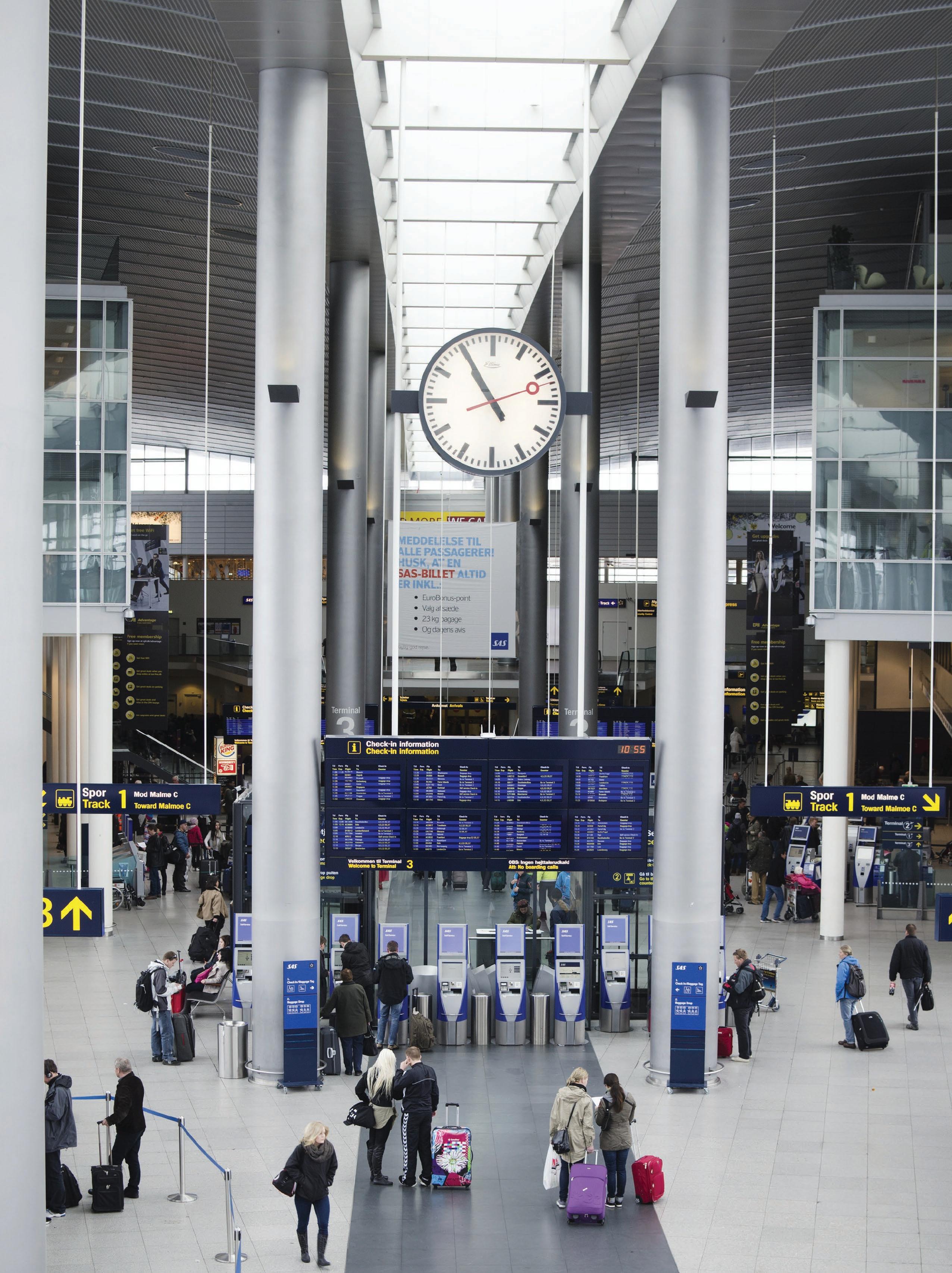
For the past decade, Airport Technology Reports has been helping airports, airlines, and their service providers to find new solutions to their technical, commercial, and operational challenges.
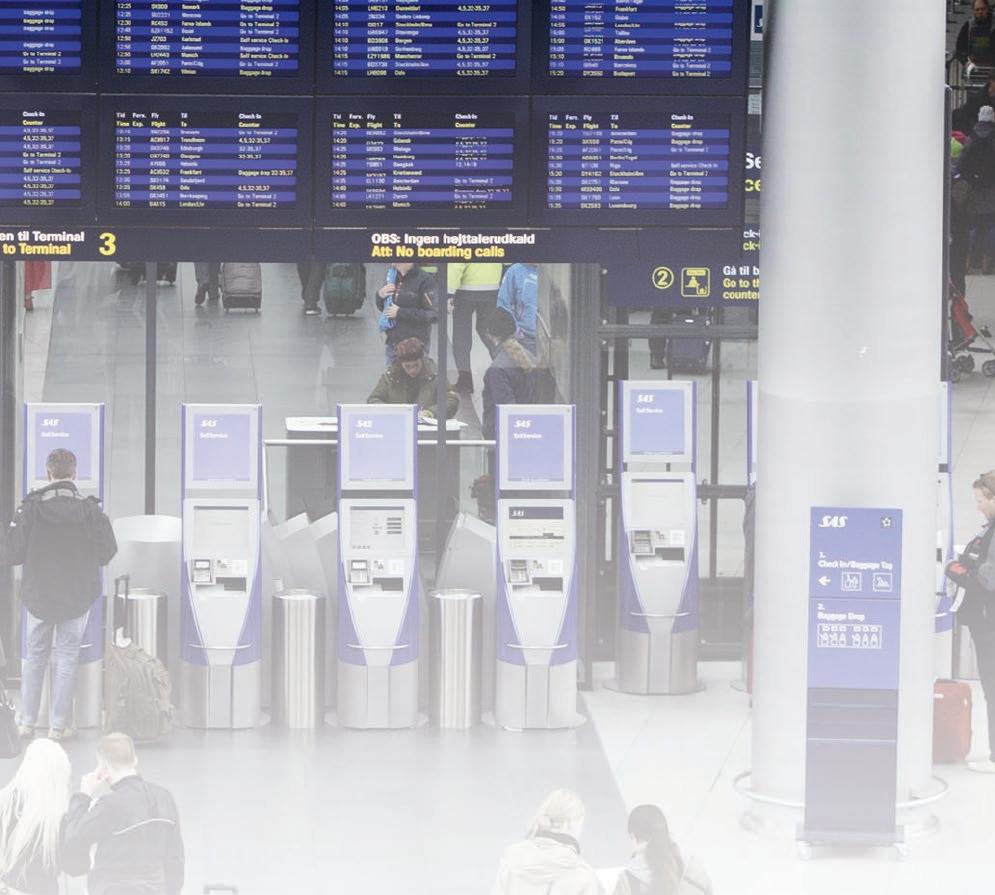

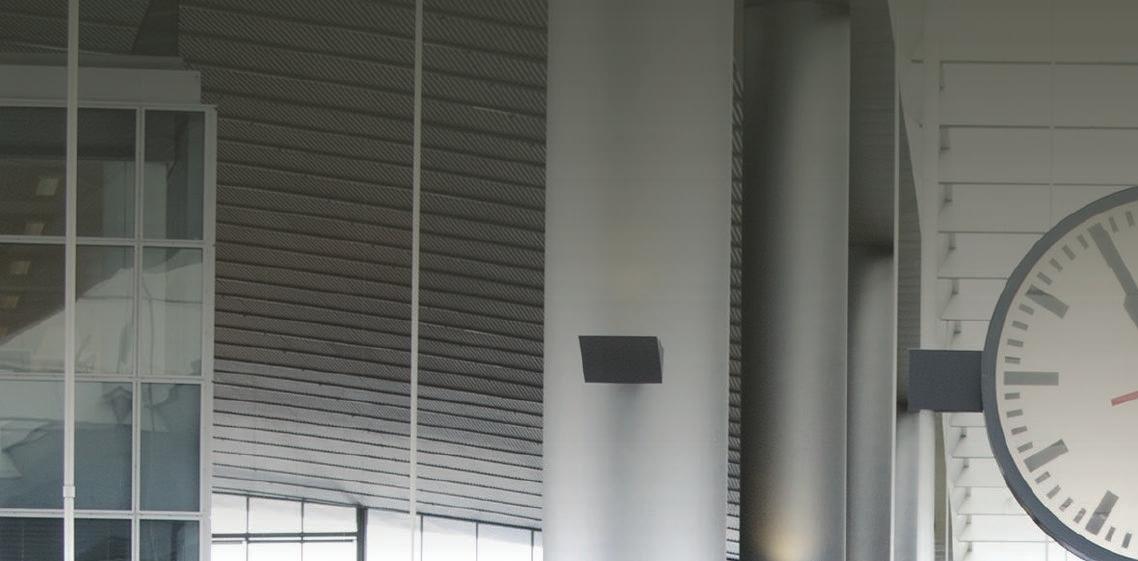
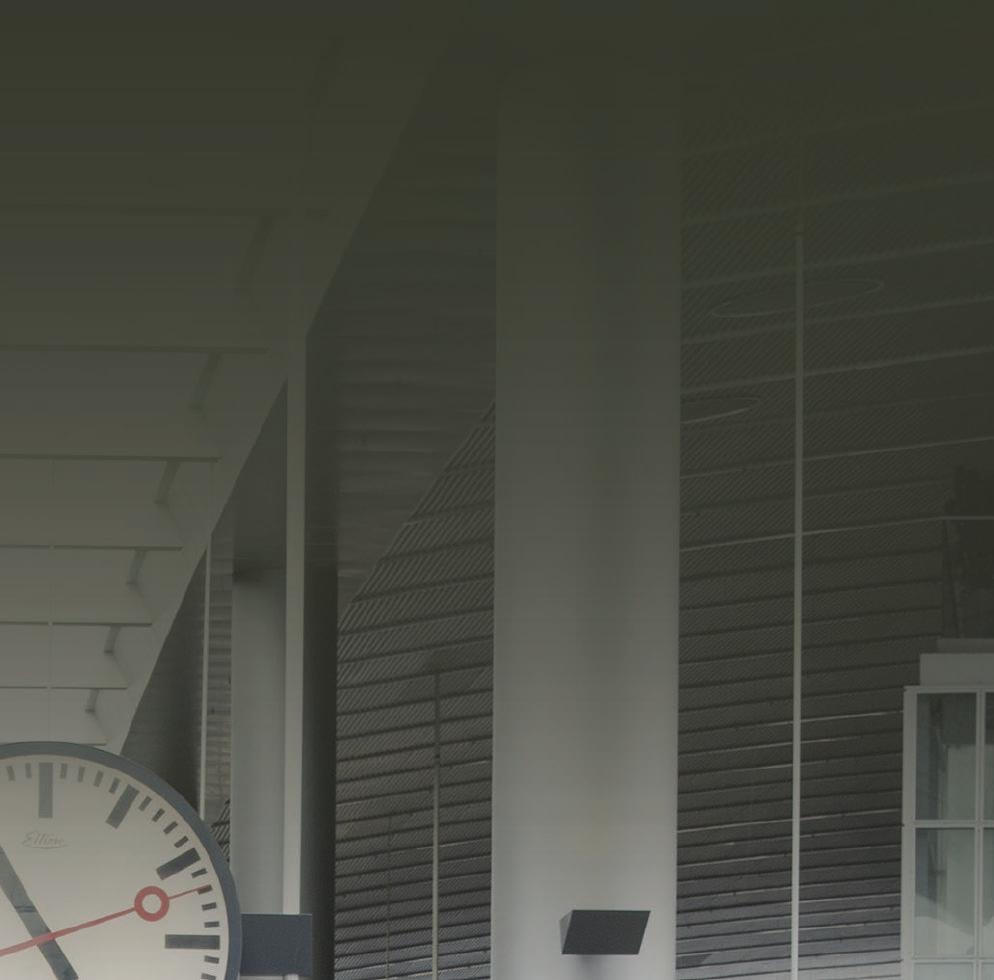
Our Special Reports provide readers with an unparalleled depth of information on specialist subjects, which receive limited coverage in the mainstream airport and airline media. Each report is designed to facilitate more informed purchasing decisions, with a unique mix of:

• Subject specific technical information
• Insight and knowledge from internationally recognised key opinion leaders
• Independent data and analysis

• Unbiased editorial content
subscriptions@globalbusinessmedia.org
www.globalbusinessmedia.org




























